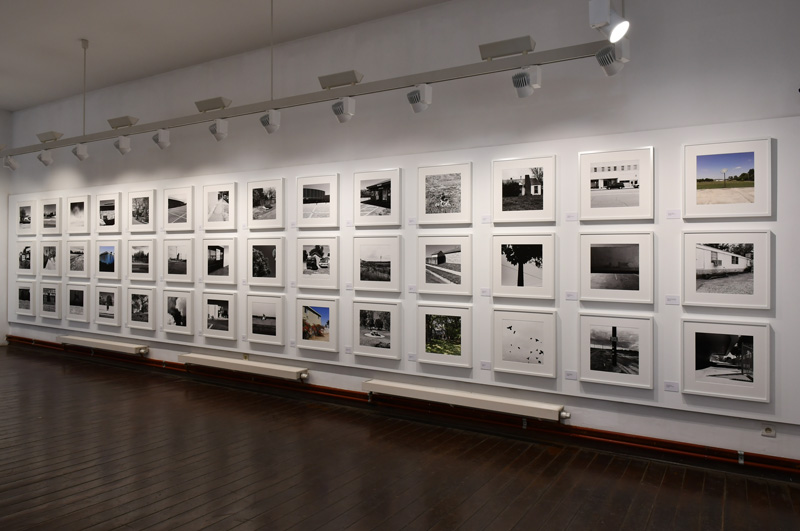Terminé le 20.09.20
Diana Matar. My America
In late 2015 photographic artist Diana Matar began researching where police were killing civilians in America.
She made detailed maps in her studio and compiled information about each incidence of lethal police violence in America that occurred over a 2 year period. Matar then spent two years photographing at many of the 2200 sites where those killings took place. “I am working within a certain history of photography that returns to a place after an event has occurred it is a genre that usually focuses on historical acts of war or injustice however I am using it to reference the ongoing phenomena of police violence that is plaguing America.” Working within the genres of landscape and documentary photography My America is a quiet but chilling critique of contemporary America. Photographing at more than 300 places where police officers have killed American civilians, Matar has forged a photographic language that is both critical and timely in its focus on police brutality. The photographs repeatedly emphasize a contemporary decline in the social fabric of the country.
Using the maps she created in her studio as a guide, she often drives eight to ten hours on highways and back roads to find the spot where someone was killed. Although her images are classic in style she uses only an iPhone. Matar says “we wouldn’t know about police killings if it weren’t for smartphones. People began using them to document the injustices and sharing them on the web. I thought it was important to use the same technology in making the still images.”
This is not the first time Matar has made a significant body of work responding to spaces of violence. In her previous work Evidence 2014, exhibited at: Tate Modern; Museum Of Contemporary Photography, Chicago; Institut du Monde Arabe and six other international institutions, Matar spent several years focussing her camera on the landscapes and buildings where extrajudicial incarcerations, kidnappings and killings were conducted by the
Gaddafi regime in Libya. Responding to the enforced disappearance of her father-in-law, Matar documented the spaces where violations were made against the entire nation.
Matar’s work in America is steeped in research that highlights the deep structural issues that influence such high numbers of deaths by police there. She sites a history of racial injustice, lack of training, and one of the lowest levels of police per capita in the world. Although heavily researched, Matar is looking to reveal something more than statistics. She says “because of my own experience of loosing someone by the state by the very people who are suppose to keep a citizen safe - I approached making these photographs from a specific point of view. For me, each of the images in My America represents not only an act of violence, but also the loss of an individual an individual with a family. It is why I am not afraid to use beauty in these depictions, a concept that tends to be quite controversial in representations of violence.”
Of the over 300 images Matar has chosen 99 to show at Musee de Photographie in Charleroi. The scale of the project attests to the scale of the problem, yet she asks us to remember each person that
was killed. The title of each photograph points to just one individual: name; date of birth and death; and the city in which the person was killed. The locations Matar photographs are from addresses she has obtained from police reports. She insists the images are not crime scene photographs. “I am not working in the wake of Weegee,”she says. “The photographs have to be viewed in terms of the representation of an event. They are the legal sites of death,” she says, “the information is one sided. I have no first hand knowledge from the dead as to whether this is in fact where they passed. Only what the legal documents say.”
The rate of lethal police violence in America is unique in the developed world. Matar is asking the question of how America might have come to this point, one photograph, representing one death, at a time.

